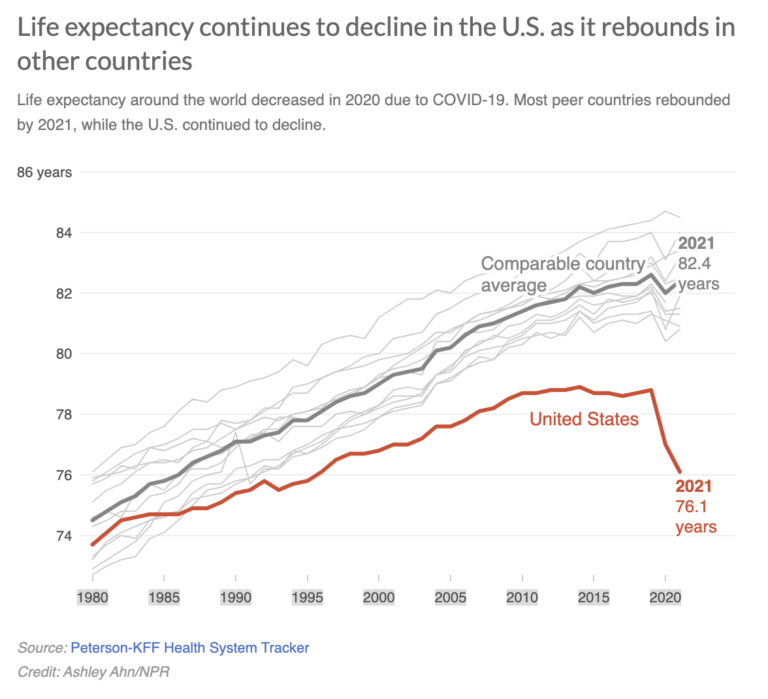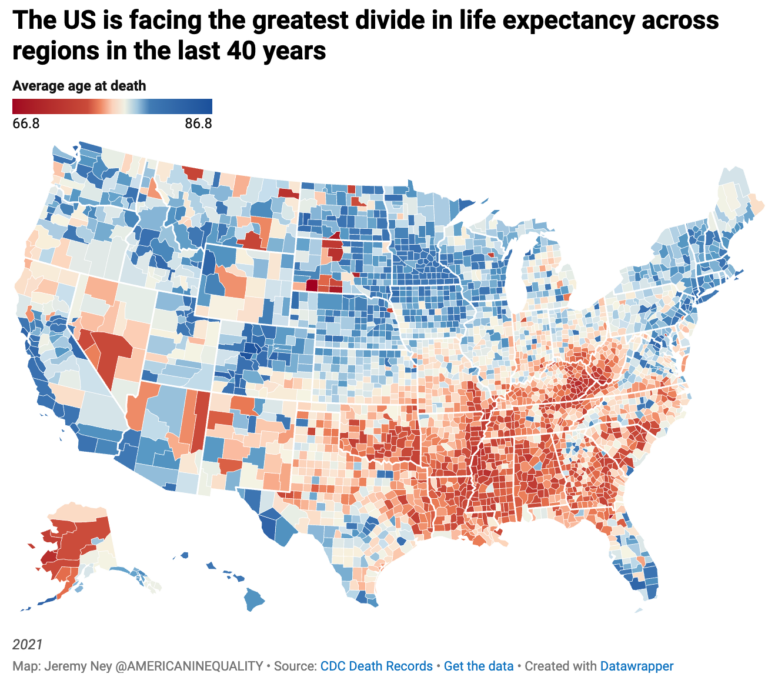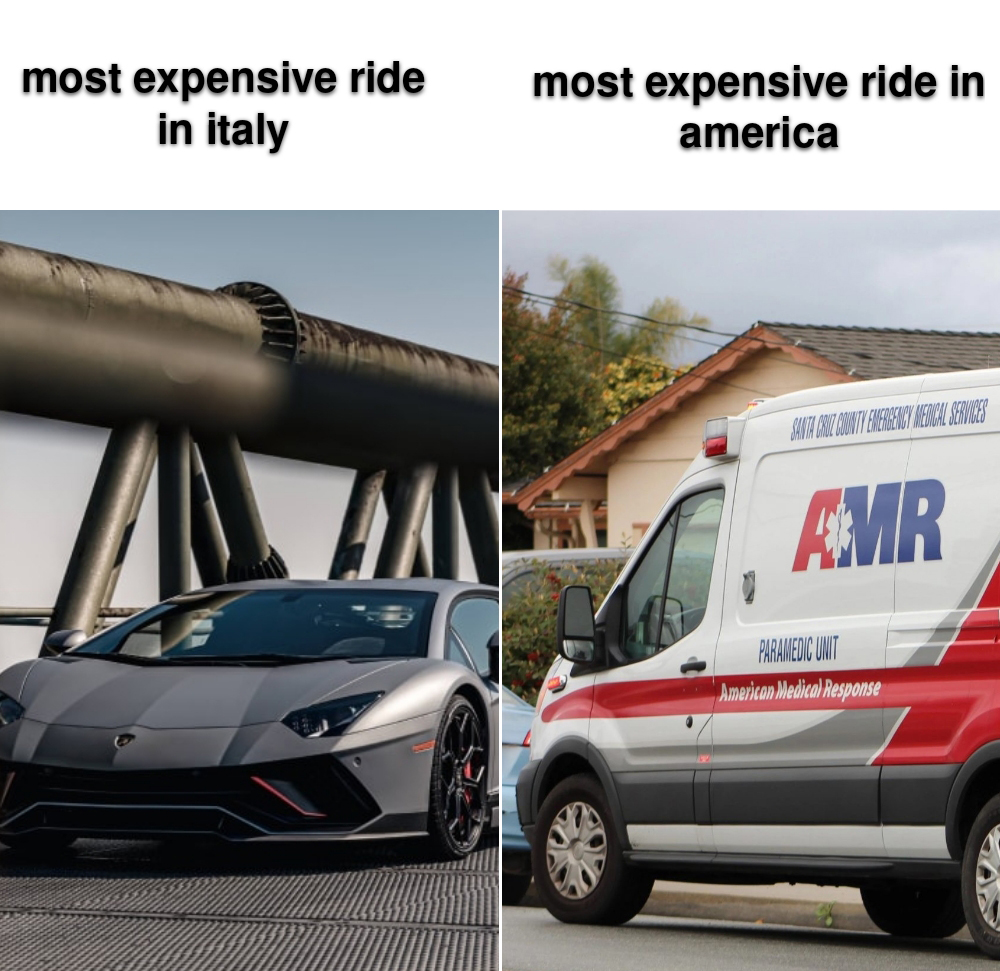Post by LFC on Mar 20, 2023 19:30:49 GMT
Eli Lilly cut the price of insulin from soulless murder to just price gouging. Whoop-dee-f***in'-doo.
Eli Lilly & Co. played the altruism card like a champ on March 1, when it announced steep price cuts on its insulin products of as much as 70%.
The big drug company said its action was all about helping diabetes patients, its goal being to “help Americans who may have difficulty navigating a complex healthcare system that may keep them from getting affordable insulin.”
According to Lilly Chairman and Chief Executive David Ricks, America’s healthcare system “still does not provide affordable insulin for everyone, and that needs to change.”
Lilly basked in public praise after the announcement. President Biden observed that Lilly’s cuts would force its two principal competitors, Novo Nordisk and Sanofi, to follow suit.
If you’re inclined to think better of Lilly for taking this dramatic step, here’s our advice: Hold your applause.
The truth is that Lilly’s price cuts won’t cost it a thin dime in profits; it may even collect higher profits. Wall Street recognized that instantaneously: The price of Lilly shares rose on the day of the announcement and has continued to move higher ever since, gaining nearly 6% through Thursday’s trading.
Moreover, the price rollback still doesn’t bring Lilly insulin back to where it should be on an inflation-adjusted basis compared with the price of its key product, Humalog, upon its launch in 1996.
Back then, Humalog cost $21 per vial, which would be about $40 in today’s money; the rollback will reduce the price of a vial from $274.70 to $66.40, according to calculations by the Washington consulting firm Veda Partners. So it’s still higher by two-thirds than it should be, accounting for inflation.
The big drug company said its action was all about helping diabetes patients, its goal being to “help Americans who may have difficulty navigating a complex healthcare system that may keep them from getting affordable insulin.”
According to Lilly Chairman and Chief Executive David Ricks, America’s healthcare system “still does not provide affordable insulin for everyone, and that needs to change.”
Lilly basked in public praise after the announcement. President Biden observed that Lilly’s cuts would force its two principal competitors, Novo Nordisk and Sanofi, to follow suit.
If you’re inclined to think better of Lilly for taking this dramatic step, here’s our advice: Hold your applause.
The truth is that Lilly’s price cuts won’t cost it a thin dime in profits; it may even collect higher profits. Wall Street recognized that instantaneously: The price of Lilly shares rose on the day of the announcement and has continued to move higher ever since, gaining nearly 6% through Thursday’s trading.
Moreover, the price rollback still doesn’t bring Lilly insulin back to where it should be on an inflation-adjusted basis compared with the price of its key product, Humalog, upon its launch in 1996.
Back then, Humalog cost $21 per vial, which would be about $40 in today’s money; the rollback will reduce the price of a vial from $274.70 to $66.40, according to calculations by the Washington consulting firm Veda Partners. So it’s still higher by two-thirds than it should be, accounting for inflation.
“Lilly is going to bank a lot of goodwill for this, without taking necessarily a big hit to their bottom line,” says Andrew Mulcahy, senior researcher at Rand Corp. and lead author of a 2020 Rand comparison of insulin prices in the U.S. and other countries.
That analysis showed that U.S. insulin prices were way out of line with the rest of the world: For example, a benchmark unit cost (in U.S. dollars) $6.94 in Australia, $12 in Canada and $7.52 in Britain — but nearly $100 in the U.S. Even if Lilly’s price cuts are followed by its competitors, “U.S. prices are still higher than prices in the other countries,” Mulcahy told me, though by two to three times rather than by 10 times.
Insulin’s high list price has fueled efforts to create alternative sources. California Gov. Gavin Newsom last year announced a $100-million program to manufacture a state-branded low-cost insulin, possibly by contracting with a generics firm; an announcement of details could come within days. A similar effort is underway in Michigan.
That analysis showed that U.S. insulin prices were way out of line with the rest of the world: For example, a benchmark unit cost (in U.S. dollars) $6.94 in Australia, $12 in Canada and $7.52 in Britain — but nearly $100 in the U.S. Even if Lilly’s price cuts are followed by its competitors, “U.S. prices are still higher than prices in the other countries,” Mulcahy told me, though by two to three times rather than by 10 times.
Insulin’s high list price has fueled efforts to create alternative sources. California Gov. Gavin Newsom last year announced a $100-million program to manufacture a state-branded low-cost insulin, possibly by contracting with a generics firm; an announcement of details could come within days. A similar effort is underway in Michigan.







